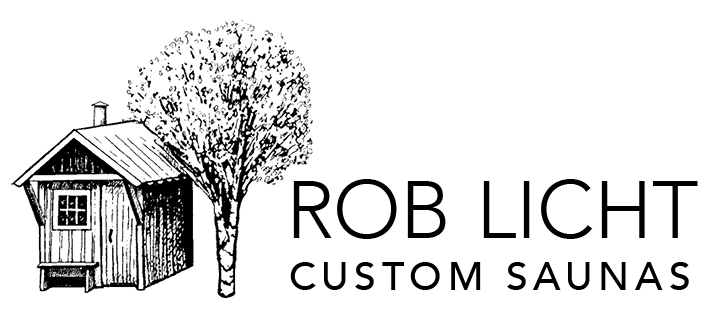You’ve probably heard that I’ve spent a lot of time in the sauna but another hot spot I’ve spent a lot of time around is kilns. Specifically foundry kilns and ceramic kilns. Unsurprisingly there is a strong relationship between the two as they both involve getting things hot. In the lost wax casting process, investment or ceramic shell molds are heated to roughly 1500° F, which burns off the wax original- thus the “lost wax” of lost wax casting. This can take hours or even days depending on the mold type and size. A ceramic kiln can get much hotter- up to 3000° F. That is hot enough to melt steel and many other metals.

I learned how to do bronze casting in Art School. It is an ancient process and we did it pretty much the same way that it was done thousands of year ago. We learned to figure how hot things were by using our senses. All objects emit radiation when heated but at about 1100-1300° it become visible. Peering into a hot kiln (safety glasses strongly suggested) is like looking at another world, perhaps on some alien gaseous planet. Solid objects look like they are transparent. Heat and light become the same thing, the heated molds don’t reflect light but emit light. The blast of heat through the spy-hole is like a ray gun. We rarely used pyrometers (hi temp thermometers) and when we did it was only to affirm what our senses were telling us. We would record the smells of things burning off. When the smells were gone, the molds were clean and ready to accept the molten bronze.
When loading the kiln there is always discussion about the hot spots- certain delicate molds need to avoid the heat while larger molds might need it more. There is always conjecture about how the heat circulates; a whole aspect of kiln building is dedicated to controlling the flow of heat within the kiln. Some of this conjecture is borne out in the results of a firing—whether things fire correctly or not. Ceramicist use cones: small tapering forms that bend at specific temperatures. After a firing these will give a true telling of how the firing went. But, despite the science, there is still a lot of mystery and art to the process, so much so that a firing of a large kiln can take on a ritualistic feeling. Staying up late to tend the kiln, as is done with wood fired and other non-automated kilns, drinking beer and heating up pizza on the kiln, tends to add to the aura.
Thinking of all of this makes me think of sauna. Both have been done pretty the same way for millennia with an aura of ritual and involving community. Both have a focus on fire and heat, and, as well studied and commonly practiced as they both are, there is still a bit of mystery involved in each.
A kiln is like a sauna on steroids. The heat is so amplified that its flow and effects are unmistakable. Observing one is a lesson in thermodynamics. In the sauna building culture there is a lot of banter about how to best heat, insulate, and vent a sauna, yet all of it is conjecture based on theory until one sits in a sauna and feels the heat radiating off of the rocks and the wave of löyly hitting you on the sensitive tops of your ears.
When I design a sauna I draw from my years of kiln experience; I think of the heat as visceral substance, almost visible, as in a kiln. I relish the use of my senses to discern quality rather than depending on technology. Even if the sauna is electric with a digital control panel I rely on feel, not the number on the display. I imagine the flow of heat like the way it flows in a kiln. My foundry experience has informed my understanding of sauna in ways that are hard to describe but suffice it say that I have always been drawn to fire and to the mysteries that it holds.






